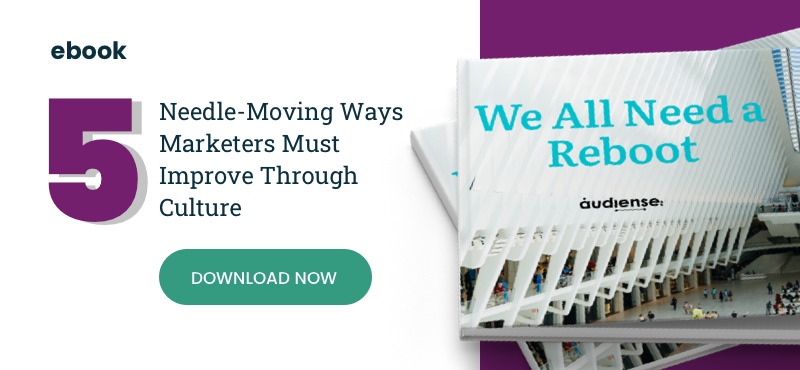[Company Culture] Leaders of culture: Building a brand that means something
We’ve all dealt with “unprecedented times”, “challenging situations”, and plenty of other COVID-bingo phrases. It’s time to think about how companies can move forward and how marketers can kickstart cultural change that produces real results and charts a stronger course for tomorrow.
To inspire yourself to start taking some concrete steps towards the current changes, last year we sponsored a series of Lockdown Learning webinars which were run by Contagious, the creative and strategic intelligence service. Based on the sessions, we created an eBook highlighting five ways that marketers need to shape their company culture.
After the blog on “agile long-termism”, today we want to focus on how to build a brand that means something. Can you just sponsor a load of events, partner with big names, and watch the billions roll in? In today’s world where technology enables you to engage with any cultural conversation, niche, and creator it can all be done in minutes, right? If only it were that simple.
It’s easy to miss the mark when trying to build a culturally relevant brand. On the surface, Pepsi’s “Live For Now” advert featuring Kendall Jenner joining a protest should have been a hit. Big name in their target demographic, diverse cast, well-produced, Bob Marley’s grandson on the soundtrack, cool brand, and touching on a very current movement… yet it all just came across as thunderously tone deaf.
Becca Peel, Strategist at Contagious, guided us on how brands could begin to make these meaningful connections without making naff, enormously expensive faux-pas such as Pepsi’s.
She looked at how to identify the right opportunity for you, and her approach revolves around building a culture framework to understand three vital aspects of your audience.
- Behaviours: How are you adapting to changing audience behaviours
- Values: What are the beliefs and causes people care about?
- Interests: How can you engage with what people enjoy in their wider lifestyle?
Using these three aspects, we can look at how they define which brands are simply reactive, and which are proactive in a space. The former fitting themselves to a culture, while the latter leading it. Who would you like to be? Learn more by downloading the eBook.







